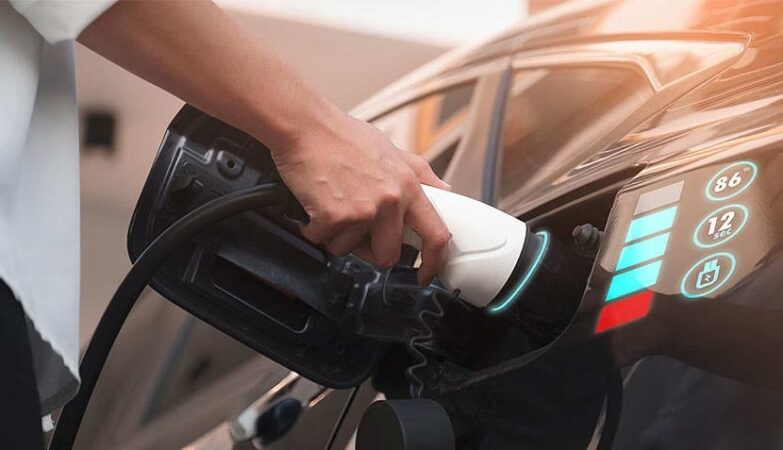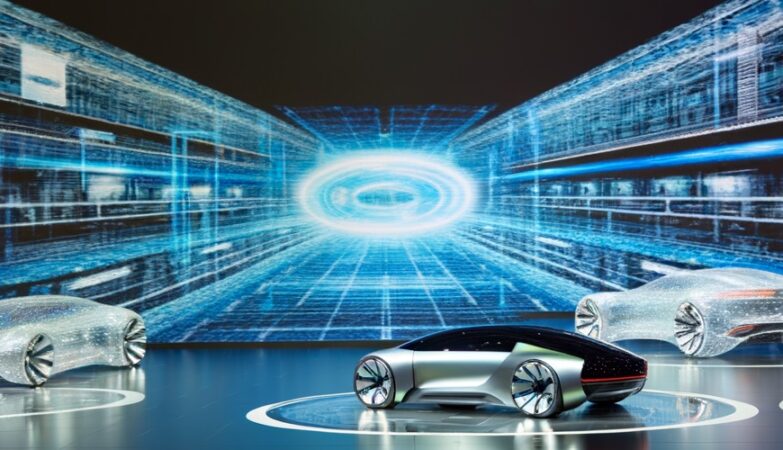The integration of sunroofs into vehicle design transcends mere aesthetics. It delves into the realm of design psychology, carefully considering how light, space, and perceived freedom can influence the driver and passengers. The placement and size of a sunroof are not arbitrary decisions, but rather calculated choices made to enhance the overall experience within the car. Designers aim to create a sense of openness, connection to the outside world, and even influence mood, all through this carefully crafted aperture.
Optimizing Natural Light and Visual Space
One of the primary goals of sunroof design is to maximize the introduction of natural light into the vehicle’s cabin. Natural light is known to boost mood, reduce fatigue, and improve overall alertness. A strategically placed sunroof allows sunlight to penetrate the interior, creating a brighter and more inviting atmosphere. Furthermore, larger sunroofs, particularly panoramic ones, visually expand the interior space. This can be especially beneficial in smaller vehicles, where a sense of confinement might otherwise predominate. The increased perception of space contributes to a feeling of comfort and reduces the feeling of being closed off.
The Impact on Perceived Freedom and Escape
Beyond just light and space, the presence of a sunroof offers a symbolic connection to the outside world. It allows occupants to feel more connected to their surroundings, whether it’s a glimpse of blue sky, towering trees, or twinkling stars. This connection evokes a sense of freedom and escape, even within the confines of a vehicle. With an open sunroof, the sounds and smells of the environment can subtly permeate the cabin, further enhancing the feeling of being outdoors. This is particularly appealing for those who value adventure and a connection to nature. The Auto Repair in Houston, TX based service is the best support here.
Balancing Functionality and Aesthetics
The design psychology also involves balancing functionality with aesthetics. A sunroof should not only enhance the driving experience but also complement the overall design of the vehicle. Considerations include the shape and size of the sunroof relative to the vehicle’s roofline, the integration of the sunroof mechanism, and the impact on the vehicle’s aerodynamics and fuel efficiency. Materials and finishes are carefully selected to ensure that the sunroof seamlessly integrates with the interior and exterior of the car, enhancing its overall visual appeal.
Tailoring Design to Target Audience
Ultimately, the design psychology behind sunroof placement and size is tailored to the target audience. A sporty, performance-oriented vehicle might feature a smaller, more aerodynamic sunroof that emphasizes functionality and weight reduction. Conversely, a luxury SUV might boast a large, panoramic sunroof that prioritizes comfort and a sense of spaciousness. By understanding the desires and expectations of the target demographic, designers can create a sunroof that complements the vehicle’s overall personality and enhances the ownership experience. The careful consideration of these psychological factors ensures that the sunroof becomes a valued feature that contributes to the overall appeal and success of the vehicle.







